Top 4 UNCURABLE STD's and how to PREVENT them! (HIV, Hepatitis B, HSV, HPV) - Doctor Explains
Description
This is the second video of a two part series. Last week I made a video on how to recognise and prevent the 4 most common CURABLE STD's; syphilis, gonorrhoea, chlamydia and trichomoniasis. You can find that video here: https://www.youtube.com/watch?v=NtDh3GJW19U&t=12s
Today I will cover the 4 most common UNCURABLE STD’s; HIV, Hepatitis B, Herpes simplex virus and human papillomavirus.We will cover their symptoms, how to recognise if you are infected and how to prevent infection!
HIV:
HIV stands for Human Immunodeficiency Virus. When infected about 80% of the people experiences a acute HIV infection. This usually lasts 1-2 weeks. Afterwards those initial symptoms disappear and you will enter an asymptomatic period, lasting months or years. During this time the virus multiplies and weakens your immune system.
Eventually your immune system is so severely damaged you progressed to AIDS, which stands for Acquired Immunodeficiency Syndrome. This is the final stage of the disease, where you are very susceptible to opportunistic infections which your body can’t fight off anymore.
Hepatitis B:
Hepatitis B can be transmitted by blood or body fluids.
After being infected it takes 1,5-6 months before you will develop symptoms. This is called an acute hepatitis B infection. During this phase, many people show no symptoms at all.
In 90% of those infected your immune system fights of hepatitis B and the virus is cleared within 6 months. In the other 10%, the immune system cannot clear the virus and this will cause a chronic hepatitis B infection. This will lead to inflamation and damaging of your liver.
Herpes Simplex Virus:
There are two types of herpes simplex virus; HSV-1 and HSV-2.
These viruses cause watery blisters and sores, which heal with a scab. HSV-1 affects the mouth, lips and nose, while HSV-2 affects the genitals. This virus is transmitted by virus filled fluid in these blisters, so by skin-to-skin contact during f.e. kissing or sexual intercourse.
The first infection is usually the worse; causing many painful blisters and sores, a fever and general feeling of illness. Rarely it can even spread to other parts of the body such as the brain, eye or gastrointestinal tract. This can be very dangerous.
Human Papillomavirus:
There more than 40 types of HPV, which spread by skin-to-skin contact.
About 90% of HPV infections cause no symptoms and resolve spontaneously. However, in some cases, the infection persists and results in warts or precancerous lesions. Eventually such a lesion may develop into actual cancer.
How To Prevent A STD:
1. Use condoms.
2. Get tested.
3. Get Treated.
4. Tell your bedpartners.
5. Get vaccinated.
Thanks for watching, and make sure to subscribe for future videos on medication and medical topics!
- Disclaimer: this video is meant purely informational! This is not medical advice! If you are looking for medical advice always contact your own doctor. -
Literature:
1: Mayo Clinic Staff. 2017. STD testing: What's right for you?. Find it here: https://www.mayoclinic.org/diseases-conditions/sexually-transmitted-diseases-stds/in-depth/std-testing/art-20046019
2. Ghanem KG. et al. 2017. Screening for sexually transmitted infections. Find it here: https://www.uptodate.com/contents/search.
3. U.S. Centers for Disease Control and Prevention. 2015. Screening recommendations and considerations referenced in the 2015 STD treatment guidelines and original sources. Find it here: https://www.cdc.gov/std/tg2015/screening-recommendations.htm.
4. Smith L. et al. 2015. Sexually transmitted infections. Urology Clinics of North America.
* The images in this video are used for educational purposes only.
Music:
Jarico, Island, Vlog No Copyright Music, https://www.youtube.com/watch?v=gZlDn...
Fredji, Happy Life, Vlog No Copyright Music, https://youtu.be/KzQiRABVARk
Ikson, New Day, No Copyright Music, https://www.youtube.com/watch?v=cVA-9...
Gear I use:
Camera: Canon EOS M50: https://amzn.to/2KZ0Dsl
Microphone: Boya Lavalier Microphone: https://amzn.to/2ZvCbai
Microphone: Rode VideoMicPro: https://amzn.to/34rNYGb
Computer: Apple Macbook Pro: https://amzn.to/2NBoKz3
Books I used In Medical School:
Lehninger Principles of Biochemistry Seventh Edition, https://amzn.to/2ZtOShH
Guyton and Hall Textbook of Medical Physiology 13th Edition, https://amzn.to/2L4429z
Human Anatomy & Physiology (11th Edition), https://amzn.to/2zt3Ud4
Oxford Handbook of Clinical Specialties, https://amzn.to/2L0tFrt
Oxford Handbook of Emergency Medicine, https://amzn.to/2L2kiHW
Oxford Handbook of Clinical Medicine, https://amzn.to/2NBjP0X
Janeway's Immunobiology, https://amzn.to/342MHoK
Atlas of Human Anatomy (Netter Basic Science) 7th Edition, https://amzn.to/2HrCBUI
Netter's Anatomy Flash Cards (Netter Basic Science) 5th Edition, https://amzn.to/2L1Pzef
The House of God, S. Shem, https://amzn.to/2zrreYz
Follow me on instagram: @HowtoMedicate
Follow me on twitter: @HowtoMedicate



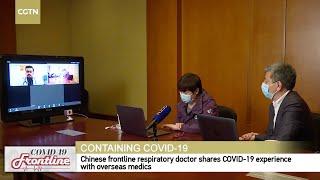
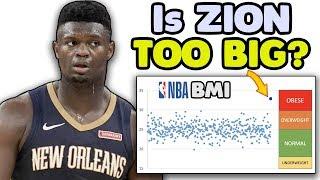
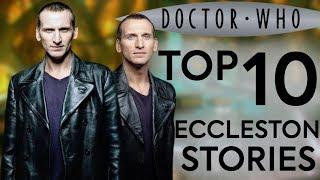

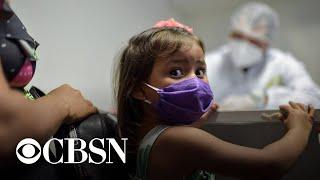



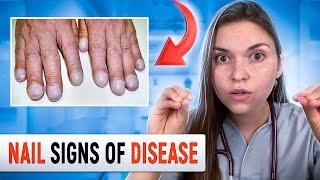
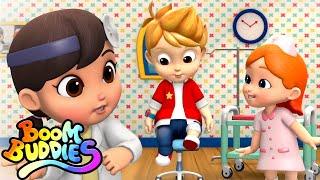

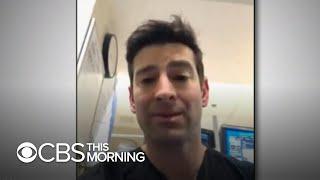






Comments